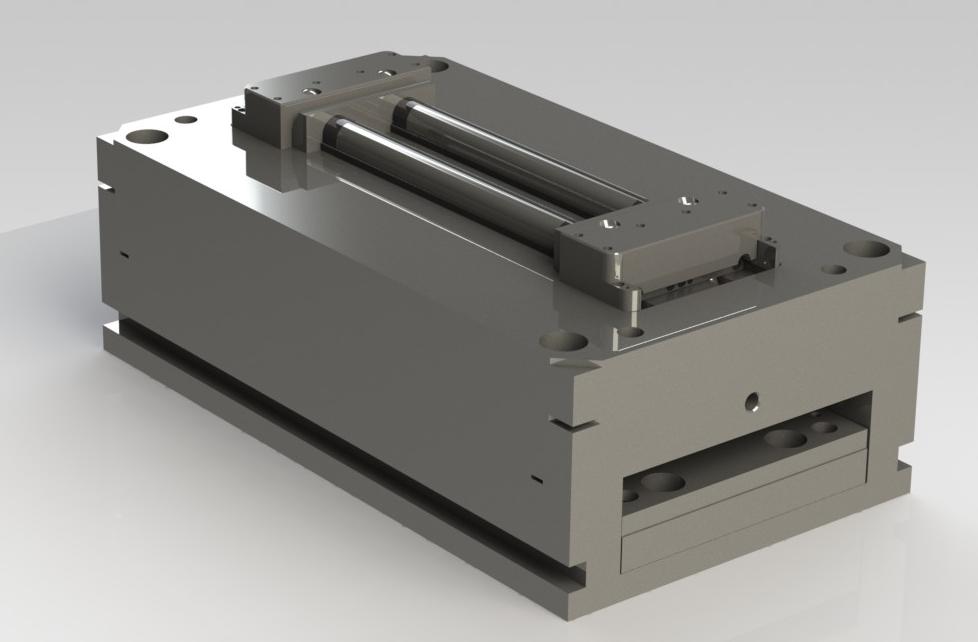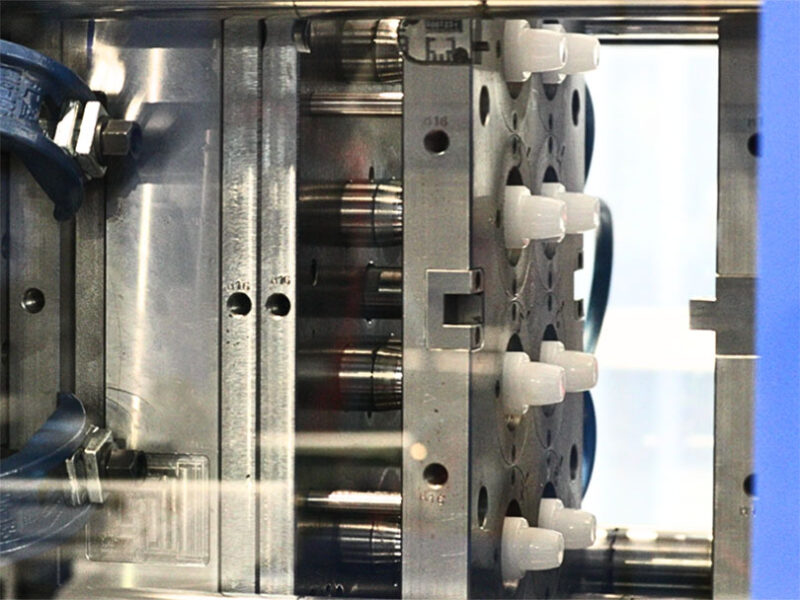The Influence of Plastic Injection Molding on Lowering Manufacturing Expenses and Waste
The Influence of Plastic Injection Molding on Lowering Manufacturing Expenses and Waste
Blog Article
Recognizing the Essentials of Plastic Shot Molding Processes
Plastic shot molding serves as a cornerstone of modern-day production, offering a methodical strategy to generating complicated components with accuracy. Checking out these vital aspects could disclose exactly how even minor changes can lead to considerable improvements in manufacturing results, raising inquiries about the potential for development in this well-known procedure.
What Is Plastic Injection Molding?
Plastic injection molding is an extensively utilized production process that transforms polycarbonate and thermosetting products right into accurate and intricate shapes. This method is preferred for its ability to generate high quantities of identical get rid of outstanding accuracy, making it a vital method in different sectors, consisting of automotive, durable goods, and clinical tools.
The process includes melting the selected plastic product and infusing it right into a mold under high pressure. The mold, created to the requirements of the preferred part, enables the liquified plastic to materialize as it cools and solidifies. When the product has actually set, the mold and mildew is opened, and the finished component is ejected.
Plastic injection molding provides numerous advantages, including minimized waste, consistency in manufacturing, and the capacity to include elaborate styles that might be testing with other making techniques. In addition, it sustains a wide series of products, each supplying one-of-a-kind buildings that can be customized for details applications. As sectors continue to introduce, plastic shot molding continues to be at the center, making it possible for the growth of innovative items that satisfy developing consumer needs.
The Shot Molding Process
The injection molding procedure is an innovative method that includes several key stages to generate high-quality plastic components. Originally, plastic pellets are fed right into a heated barrel where they are merged a viscous liquid. This molten plastic is after that injected under high stress into a precision-engineered mold, which forms the material right into the desired form.
When the mold and mildew is filled, the plastic is allowed to cool down and strengthen, taking the shape of the mold and mildew tooth cavity. Cooling time is essential, as it affects the cycle time and the last residential properties of the molded component. After sufficient air conditioning, the mold opens up, and the completed part is ejected making use of ejector pins.

Products Used in Injection Molding
Different products can be made use of in the shot molding procedure, each offering special residential or commercial properties that cater to particular applications. The most typically used materials include thermoplastics, thermosetting plastics, and elastomers.

Thermosetting plastics, like epoxy and phenolic materials, undertake a chemical modification throughout the healing process, leading to a rigid, inflexible framework. These products are perfect for applications needing high warmth resistance and structural stability, usually used in automobile parts and electric insulators.
Elastomers, consisting of silicone and rubber-based materials, offer versatility and strength. Their unique residential properties make them ideal for applications that demand elasticity, such as seals and gaskets.
Furthermore, specialized products like bio-based plastics and compounds are obtaining grip for their ecological advantages and boosted efficiency characteristics, try this site expanding the range of injection molding applications in different markets. Comprehending the properties of these materials is important for choosing the proper type for certain jobs.
Benefits of Injection Molding
Injection molding stands out as a highly efficient production procedure that uses many advantages for creating complex parts with accuracy. Among the most significant benefits is the ability to create detailed layouts that would certainly be difficult or difficult to accomplish with other approaches (Plastic Injection Molding). The procedure permits tight resistances and in-depth features, making certain high-grade elements
Additionally, injection molding is known for its quick production capabilities, making it an excellent option for high-volume manufacturing. As soon as view it the mold is developed, parts can be created rapidly, decreasing preparations and boosting overall performance. This effectiveness not only reduces production expenses but additionally gives an one-upmanship out there.
The flexibility of products used in shot molding further improves its allure. A variety of thermoplastics and thermosetting polymers can be utilized, permitting manufacturers to choose products that finest fulfill their specific demands, consisting of heat, versatility, and toughness resistance.
Moreover, the process lessens waste, as excess product can often be recycled and reused. This sustainability element adds to a reduced ecological impact, making injection molding an accountable production selection. Overall, the advantages of injection molding make it a recommended technique for several industries.
Elements Affecting Product Quality
While many elements can influence product high quality in shot molding, recognizing these components is crucial for accomplishing ideal results. Secret elements include material selection, processing parameters, and mold design.
Material option plays an essential duty, as various polymers show one-of-a-kind residential or commercial properties that affect flowability, strength, and thermal stability. Poor product selection can lead to defects such as bending or insufficient dental filling.
Processing parameters, including temperature level, read this article stress, and cycle time, should be carefully controlled. Variants in these settings can result in incongruities in component dimensions and surface coating. For instance, excessively high temperature levels may cause destruction of the polymer, while insufficient pressure can cause short shots.
Mold style is equally important, as it figures out the flow of the molten plastic and the cooling procedure. Improperly developed mold and mildews may lead to unequal cooling prices, resulting in recurring tensions and dimensional inaccuracies.

Final Thought
To conclude, plastic shot molding functions as a vital manufacturing process that enables the efficient manufacturing of high-grade parts. Proficiency of the injection molding process, consisting of the understanding of products and the impact of various factors on item top quality, is necessary for accomplishing ideal outcomes. The advantages of this approach, such as cost-effectiveness and style flexibility, further emphasize its value across multiple sectors, strengthening its status as a preferred selection for high-volume production.
Plastic injection molding offers as a cornerstone of modern production, offering a systematic technique to producing intricate elements with accuracy.Plastic shot molding offers numerous advantages, consisting of minimized waste, consistency in manufacturing, and the capability to include elaborate layouts that may be testing with other making methods (Plastic Injection Molding). As sectors continue to introduce, plastic injection molding stays at the forefront, allowing the growth of sophisticated items that meet progressing consumer demands
The shot molding process is an advanced strategy that involves a number of key stages to generate top quality plastic parts.In conclusion, plastic injection molding offers as a critical manufacturing procedure that enables the effective manufacturing of high-quality elements.
Report this page